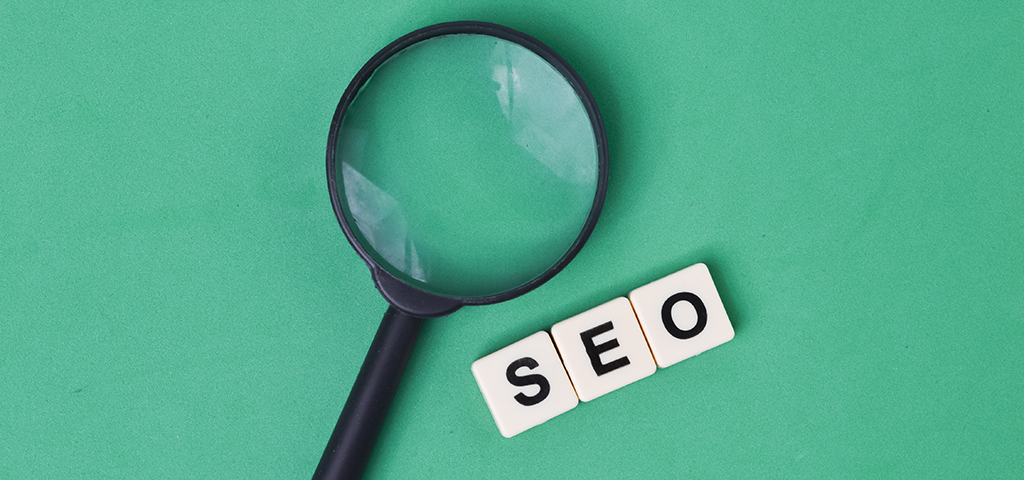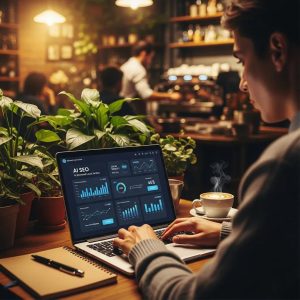
Understanding On-Page SEO
In the realm of digital marketing, mastering the art of on-page SEO is paramount to enhancing your website’s visibility and ranking in search engine results pages (SERPs). On-page SEO, also known as on-site SEO, revolves around optimising various elements within individual web pages to improve their relevance to search queries and consequently increase organic traffic.
Unveiling Key On-Page SEO Strategies
Keyword Optimization: The Backbone of On-Page SEO
Keywords serve as the foundation of on-page SEO. Conducting meticulous keyword research is crucial to identifying relevant terms and phrases that resonate with your target audience. Integrating these keywords strategically into your content, including title tags, meta descriptions, headings, and body text, is essential for signalling to search engines the relevance of your page to user queries.
Crafting High-Quality Content
Content reigns supreme in the digital landscape. Creating compelling, informative, and engaging content not only attracts visitors but also satisfies their search intent. Focus on producing content that addresses the needs and interests of your audience while incorporating relevant keywords seamlessly. Incorporating multimedia elements such as images, videos, and infographics further enhances the user experience and keeps visitors engaged.
Optimising Title Tags and Meta Descriptions
Title tags and meta descriptions are HTML elements that play a pivotal role in on-page SEO. Optimising these elements involves crafting concise yet descriptive titles and summaries that entice users to click through to your website from search engine results. By including relevant keywords and compelling calls-to-action, you can increase the likelihood of attracting organic traffic.
Structuring User-Friendly URLs
Creating SEO-friendly URLs is essential for both search engines and users. Opt for descriptive, succinct URLs that accurately reflect the content of your web pages. Incorporate relevant keywords into your URL structure to further reinforce the topical relevance of your pages. Avoid convoluted, unintelligible URLs that hinder search engine crawlers’ ability to interpret your site’s structure.
Harnessing the Power of Optimised Images
Images play a crucial role in enhancing user engagement and conveying information effectively. Optimise your images by using descriptive filenames and alt attributes that include relevant keywords. Compress images to reduce file size and improve page load times, thereby enhancing user experience and boosting your site’s performance in search engine rankings.
Leveraging Internal Linking for Enhanced Navigation
Internal linking is a fundamental on-page SEO strategy that facilitates navigation and distributes link equity throughout your website. Create a logical hierarchy of internal links to establish the significance of your content and guide users to relevant pages within your site. Utilise descriptive anchor text containing relevant keywords to provide context for both users and search engines.
Transforming Your Website’s Performance through On-Page SEO
Mastering on-page SEO techniques is integral to improving your website’s visibility, attracting organic traffic, and ultimately achieving higher search engine rankings. By implementing the key strategies outlined above, you can enhance the relevance, authority, and usability of your web pages, thereby driving more valuable traffic to your site. Remember to continually monitor and refine your on-page SEO efforts to stay ahead of the competition and maximise your online presence.




